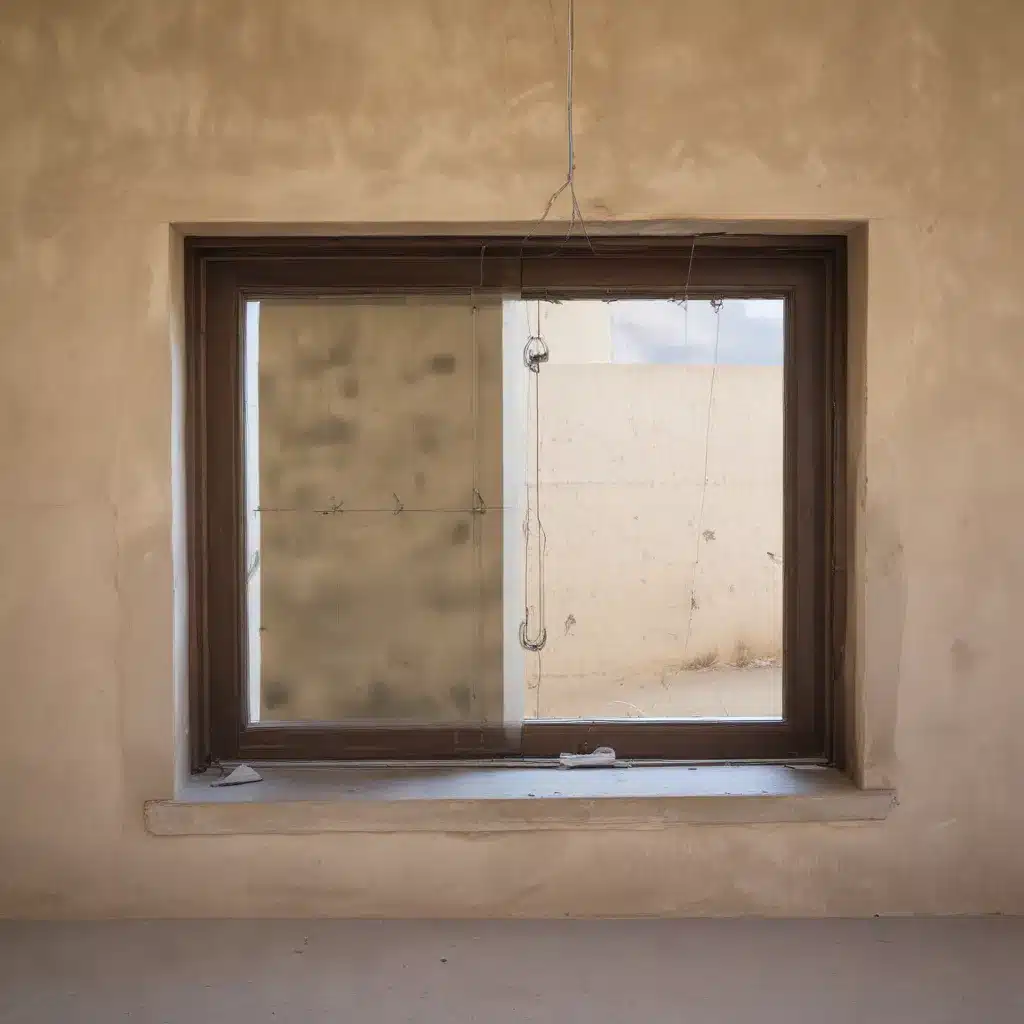
Understanding the Esperanza Window Trap
As an experienced IT professional, I’m excited to dive into the insights and practical applications of the Esperanza Window Trap (EWT) for onchocerciasis elimination efforts. This innovative trap has the potential to revolutionize vector monitoring and surveillance, providing a powerful tool in the fight against this devastating disease.
Onchocerciasis, commonly known as river blindness, is caused by the parasitic worm Onchocerca volvulus and transmitted by black flies of the genus Simulium. Current strategies for eliminating onchocerciasis rely heavily on mass drug administration (MDA) of ivermectin to affected communities. However, monitoring the transmission of the parasite by black flies is a crucial component in determining when MDA can be safely stopped and a community declared free of the disease.
The traditional method of monitoring onchocerciasis transmission has been through the use of human landing collections, where vector collectors station themselves in endemic areas and collect the black flies that attempt to land on them. While effective, this method poses several challenges, including the potential risk of exposure to infection for the collectors, as well as the difficulty in obtaining the large numbers of flies needed to conclusively document the interruption of transmission.
Enter the Esperanza Window Trap, a novel design that shows promise as a replacement for human landing collections. This trap leverages both visual and olfactory cues to attract and capture host-seeking black flies, with the potential to collect epidemiologically significant numbers of the primary vector, Simulium ochraceum sensu lato, in Latin America.
Evaluating the Effectiveness of the Esperanza Window Trap
Researchers have conducted extensive field trials in endemic areas of Mexico to assess the performance of the Esperanza Window Trap in comparison to other trap designs and human landing collections. These studies have provided valuable insights into the factors that contribute to the trap’s effectiveness.
Initial Trap Comparisons
In the initial field trials, the researchers evaluated seven different trap designs, including a human silhouette, the BG Sentinel trap, and various iterations of the Bellec trap and clear window trap. The Esperanza Window Trap and the BG Sentinel consistently outperformed the other designs, collecting significantly more S. ochraceum females.
Interestingly, the researchers found no significant differences in the numbers of flies collected at different times of the day, suggesting that the Esperanza Window Trap is effective throughout the black fly’s peak activity period.
Optimizing the Esperanza Window Trap
The researchers then focused on optimizing the Esperanza Window Trap design to further enhance its effectiveness. By replacing the glass panes with acrylic, they were able to create a lighter, more manageable trap that collected even more black flies than the initial prototype.
Experiments with various chemical lures revealed that the Esperanza Window Trap baited with CO₂ and human-scent attractants, such as the BG-Lure or a worn shirt, could approach the attractiveness of a human landing collection. Traps without baits or with control substances like ethanol were the least effective.
Interestingly, the color of the fabric used in the Esperanza Window Trap also played a significant role in its performance. Traps with blue fabric consistently outperformed those with other colors, such as black, red, or yellow, when baited with both commercial and yeast-generated CO₂.
Comparing to Human Landing Collections
When the optimized Esperanza Window Trap, baited with BG-Lure and yeast-generated CO₂, was compared to vector collector teams (two individuals working together), the results were promising. In one trial, the trap’s performance was not significantly different from the vector collector team, while in another, it captured about half the number of flies collected by the team.
Importantly, the researchers found that the parity rates (a measure of fly age and reproductive status) of the flies captured by the traps were not significantly different from those collected by the vector collectors. This suggests that the Esperanza Window Trap is capturing a representative sample of the local black fly population, a crucial consideration for its use in monitoring and surveillance efforts.
Implications and Future Considerations
The data presented in this study demonstrate the feasibility of using the Esperanza Window Trap as a replacement for human landing collections in onchocerciasis monitoring and elimination programs. This trap has the potential to address several key challenges associated with the traditional method, including the risk of exposure for vector collectors and the difficulty in obtaining the large numbers of flies needed to document the interruption of transmission.
However, the researchers acknowledge that additional work will be necessary before the Esperanza Window Trap can be widely adopted for this purpose. Standardizing and optimizing the bait used in the traps, as well as developing algorithms to relate trap collections to human biting rates and infective rates, will be crucial next steps.
As the global community works towards the elimination of onchocerciasis, innovative tools like the Esperanza Window Trap will play a vital role in monitoring progress and ensuring the sustainability of these efforts. By providing a safer, more scalable alternative to human landing collections, the Esperanza Window Trap has the potential to transform the way we approach onchocerciasis surveillance and, ultimately, accelerate the path to elimination.
Conclusion
The Esperanza Window Trap represents a significant advancement in the field of onchocerciasis monitoring and surveillance. Through rigorous field trials and optimization, researchers have demonstrated the trap’s ability to collect substantial numbers of the primary vector, Simulium ochraceum, in a manner that closely mimics human landing collections.
As the global community continues its push towards the elimination of onchocerciasis, tools like the Esperanza Window Trap will be instrumental in providing the necessary data to guide these efforts. By replacing the risks and logistical challenges of human landing collections, the Esperanza Window Trap offers a practical and scalable solution that can help accelerate progress and ensure the long-term sustainability of onchocerciasis elimination programs.












